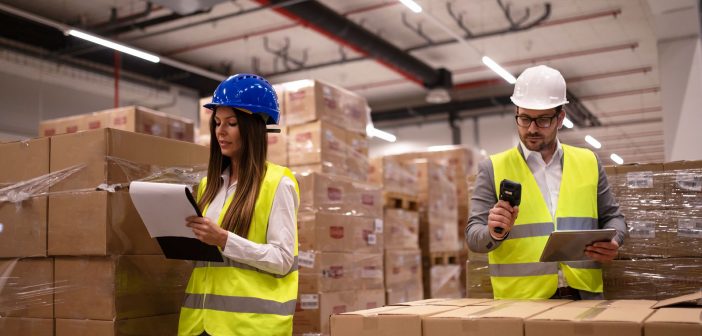India’s booming e-commerce sector, projected to reach $325 billion by 2030, has fueled rapid expansion in fulfillment centers across the country. These centers are critical for managing the growing demand for faster delivery times, improved customer service, and efficient product distribution. In recent years, companies like Amazon and Flipkart have heavily invested in expanding their fulfillment networks, establishing state-of-the-art facilities to meet the escalating demands of online retail.
Key Drivers Behind Fulfillment Center Growth
- Surging Online Retail Demand: India’s e-commerce sector has experienced unprecedented growth, particularly in Tier 2 and Tier 3 cities. As of 2023, online retail accounted for over $70 billion in sales, driven largely by consumer demand for groceries, fashion, and electronics. The industry is set to grow by 27% annually through 2026, as businesses focus on improving logistics to ensure rapid deliveries and customer satisfaction.
- Investment from Global Players: Fulfillment centers in India have attracted billions in investments from global corporations. For instance, Amazon recently launched three new centers with over 1.2 million cubic feet of storage, aimed at enhancing delivery speeds in Northern and Eastern India. Similarly, Flipkart raised over $1 billion in 2023 to enhance its distribution capacity and invest in its digital infrastructure, positioning itself to handle the massive growth in online shopping.
- Technological Integration: Fulfillment centers are becoming more technologically advanced, incorporating robotics, artificial intelligence, and machine learning to streamline operations. These innovations help companies process orders faster and ensure accurate deliveries, which is essential in a market where customer expectations are rising.
- Job Creation and Economic Impact: The rise of fulfillment centers is also generating substantial employment opportunities. In Amazon’s case, their new centers are expected to create thousands of new jobs across various roles, contributing significantly to regional economic growth. As the demand for e-commerce continues to rise, employment in logistics and fulfillment is expected to grow, offering both full-time and part-time opportunities across India.
Outlook and Future Trends
As India’s e-commerce sector continues to expand, driven by increasing internet penetration, smartphone adoption, and a tech-savvy consumer base, the role of fulfillment centers will become even more pivotal. Omnichannel strategies, where companies integrate their online and offline retail operations, will likely become a dominant trend, requiring even more advanced fulfillment infrastructure.
Additionally, the competition between giants like Amazon, Flipkart, and domestic players such as Tata and Reliance Retail will lead to further investments in fulfillment centers to ensure quicker deliveries and improved logistics. Government support, such as allowing 100% FDI in e-commerce logistics and infrastructure, further boosts investor confidence in this segment.
By 2030, fulfillment centers in India will not only cater to domestic e-commerce demands but also serve as a hub for global distribution, particularly with India’s increasing prominence in cross-border e-commerce.
In conclusion, the business of fulfillment centers in India is on an upward trajectory, driven by technological advancements, strategic investments, and the country’s growing e-commerce market. As consumer demand continues to evolve, fulfillment centers will remain at the heart of India’s retail transformation.






